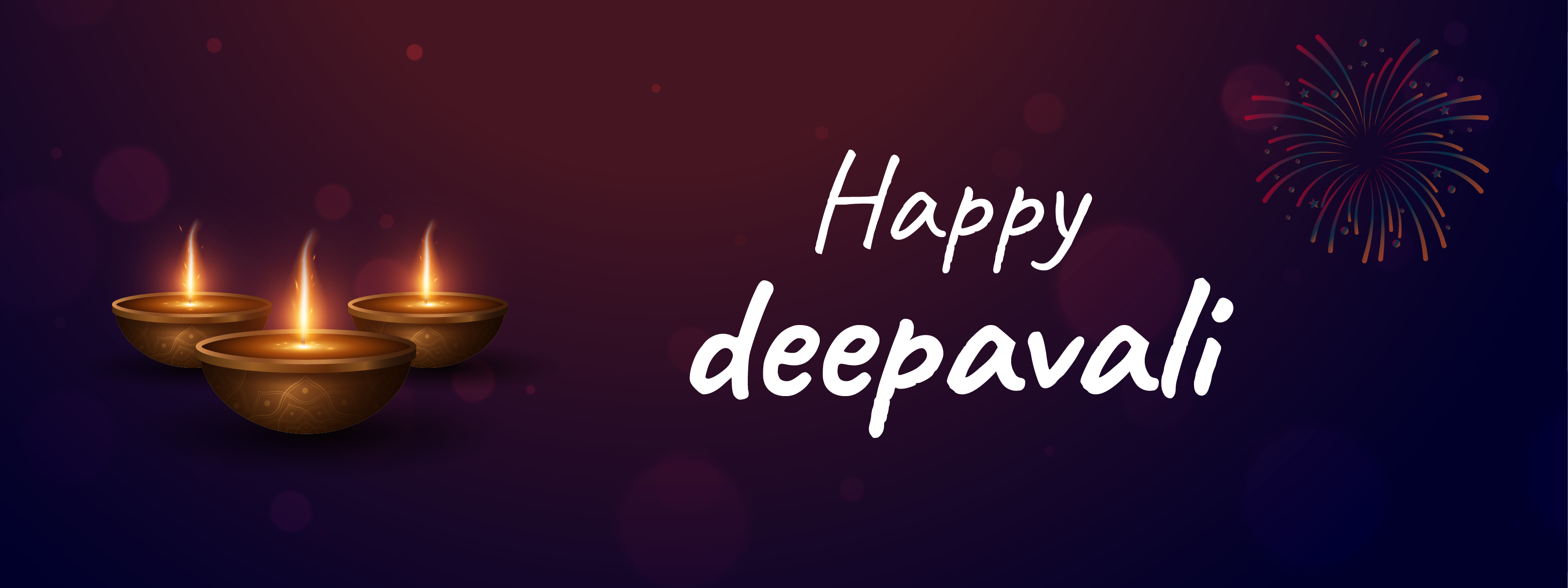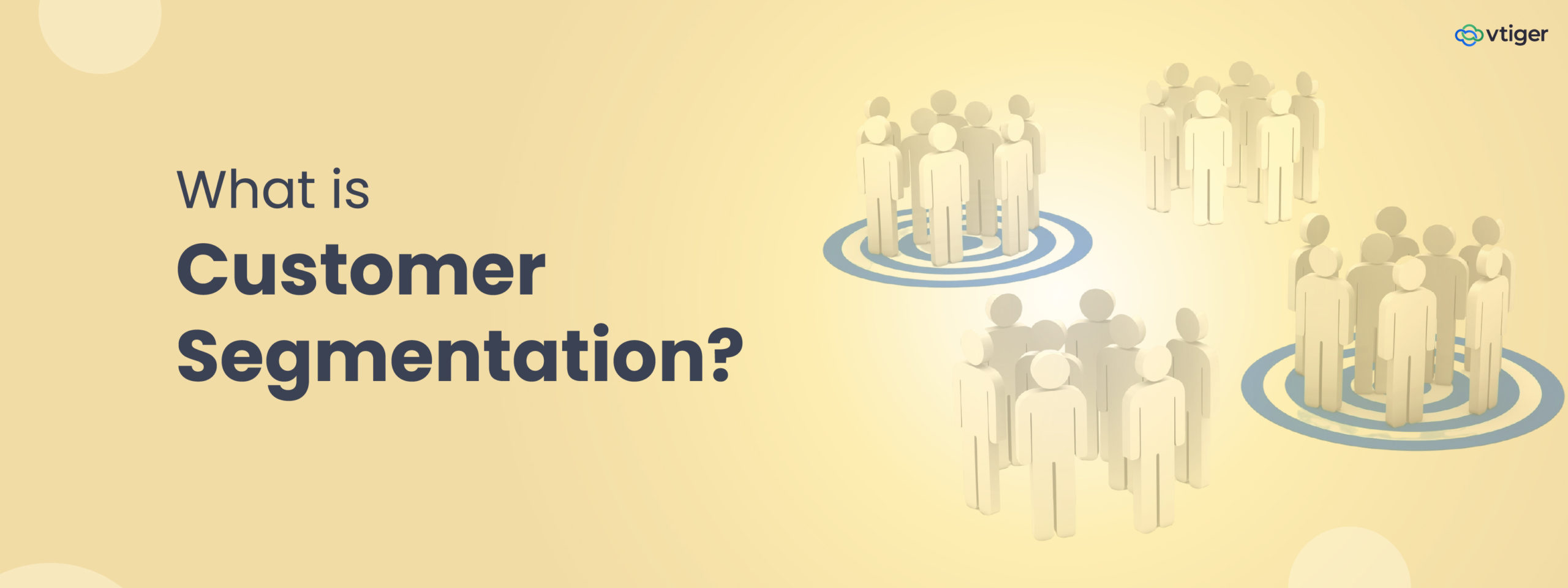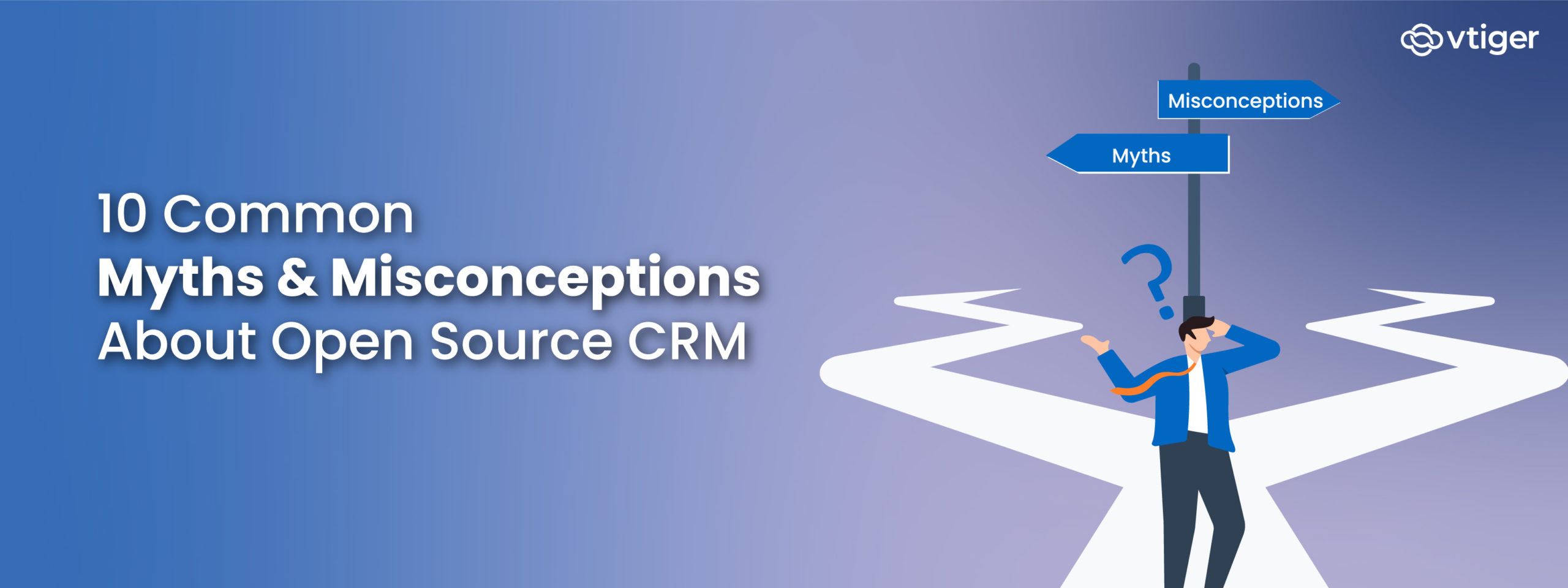If there is one festival popular across India, it is Deepavali or Diwali. It is when we light lamps, string up lights, eat sweets, and burst crackers.
Deepavali means ‘row (avali) of lamps (deepa)’. It is well known across the world as the ‘festival of lights’.
The festival is celebrated by Hindus, Jains, and Sikhs. We light clay lamps inside and outside our homes to signify the ‘victory of light over darkness, good over evil, and knowledge over ignorance.
The festival…
Like many Hindu festivals, it is also one of the harvest festivals. Diwali is celebrated after the crops have been harvested at the end of monsoons. It also marks the beginning of winter in the Indian subcontinent.

Deepavali lasts from three to five days, depending on where you are in India. Preparations for the festival begin weeks in advance, with people dusting and cleaning their properties, vehicles, etc. Houses are decorated with colorful Rangoli, flowers, streamers, and tiny twinkling lights.
Dhanteras, Naraka Chaturdasi, Lakshmi Pooja (the main day), Bali Padyami, and Bhai Dhooj are the main festivities associated with it.
Lakshmi Pooja, which is the main day of Diwali, is considered to be auspicious. It is celebrated on the darkest night of the year with prayers and offerings to Lakshmi, the goddess of wealth and prosperity. Households offer special prayers, while merchants often open new accounting books. Small businesses usually gift Diwali bonuses and sweets to their employees. And shops often do not close till late at night. New vessels, clothes, jewelry, and properties are bought. Some even get their new household appliances and vehicles delivered on this day.
The history of Deepavali…

Deepavali is mentioned in ancient Hindu scriptures as Deepotsava.
Foreigners who traveled to India at different times, like Al Biruni, Niccolò de’ Conti, and Domingo Paes, noted Deepavali being celebrated with oil lamps lit at homes and temples. They observed that people celebrated by wearing new clothes and gathering together for fairs, plays, dancing, and music.
The significance of Deepavali…
Different days of Diwali are associated with different legends and stories.
One story comes from the Ramayana. It is said that Lord Rama returned to his home, Ayodhya, with his wife, Seeta, on Diwali Amavasya, the darkest day of the year. And the citizens of Ayodhya lit the entire city with lamps to welcome them.
Another legend says Lord Krishna slayed the demon, Narakasura and liberated the maidens he had held hostage. In another story, Lord Krishna, in his avatar as a child, pushed King Bali (an immortal and powerful king) deep into the netherworld to break his ego.
Essentially, Diwali is celebrated as the victory of light over darkness. It is believed that the darkness (like ego, greed, selfishness, etc.) within us needs to be eliminated with the light of knowledge and wisdom as much as the evil around us.
Some memories of Deepavali…

As children, my brother and I would wait with bated breath for the arrival of Deepavali. It meant crackers and boxes of sweets bestowed generously by parents, grandparents, and various uncles and aunties of the neighborhood. Rows and rows of earthen lamps would be lit around the house, daring the encroaching darkness to approach closer.
It also meant comparing and sharing crackers with the kids in the neighborhood children. I would be at it even before sun-up, and my hands would turn silver for about three days (covered with the potassium from the crackers).
Amidst the din and the noise and fights of ‘who got more’, my mother ensured the less fortunate also got their share. She never turned a child away from our door empty-handed. They would leave with sweets, crackers, and face-wide smiles.
Those are some of my Diwali memories. I am sure you have some valuable ones yourself.
We at Vtiger CRM hope the lights of Deepavali will banish the darkness of ill health and negativity and bless you with an abundance of health, wealth, and prosperity. Happy Deepavali.



